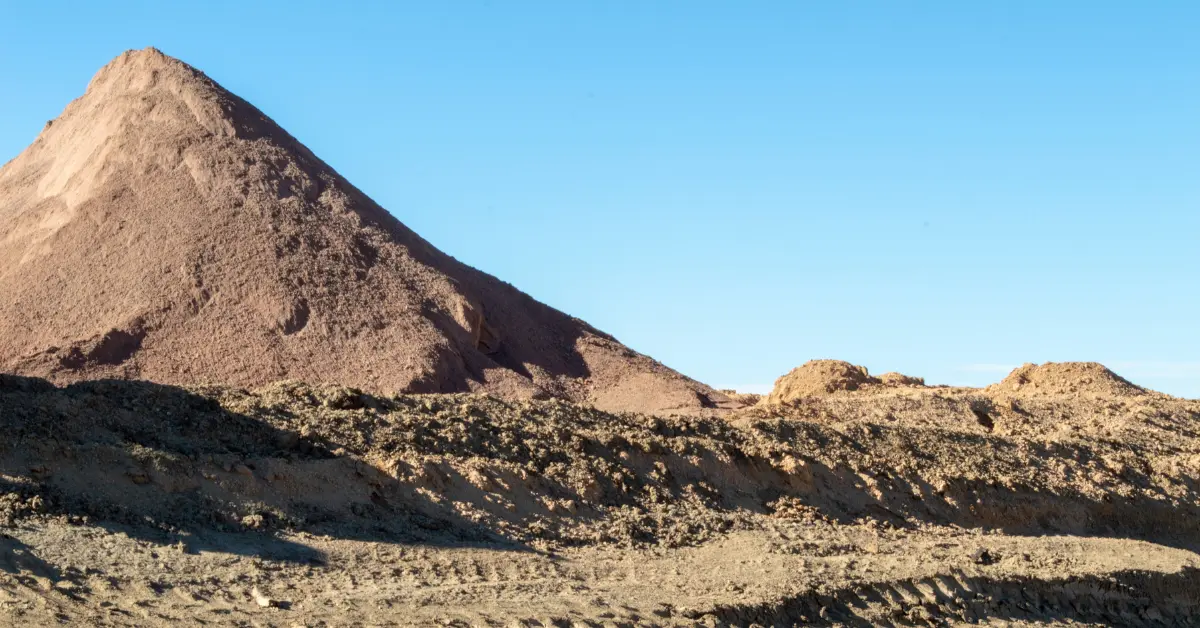
The quality of fill dirt significantly affects construction projects' structural integrity and longevity. Screened fill dirt provides uniform compaction essential for building sturdy foundations and preventing settling issues. For landscaping, soil quality determines the drainage capabilities and overall growth environment for plant life. Using unscreened dirt for backfill can lead to uneven settling, which might result in structural problems or water pooling in undesired areas. Understanding the difference between screened and unscreened fill dirt is fundamental for achieving desired outcomes.

What Is Screened Fill Dirt?
The Dirt Screening Process
The process of creating screened fill dirt involves passing soil through mechanical screens to remove larger particles, such as stones, twigs, and debris. This screening ensures that the soil is homogeneous and meets specific standards for size and consistency. The dirt screening process is crucial for projects that require a high degree of stability and uniformity, such as foundation preparation or any construction that demands tightly controlled compaction and minimal settling.
Materials Removed During Screening
Various materials are removed to enhance the quality of the soil. These include rocks, roots, and assorted debris that could compromise a construction project's integrity or impede proper landscaping growth. Removing these materials prevents issues like poor drainage, uneven settling, and structural weaknesses, which are critical considerations for both builders and landscapers.
Resulting Texture and Uniformity
It is prized for its texture and uniformity, which make it ideal for sensitive construction and landscaping tasks. The fine-grained soil provides excellent compaction properties, essential for creating stable and durable foundations. Its consistency helps achieve smooth and level surfaces in landscaping projects, facilitating better growth conditions for turf and plants by ensuring even water distribution and root penetration.
Standard Mesh Sizes Used in Screening
The size of the mesh used in screening fill dirt can vary depending on the project requirements. Standard mesh sizes ensure that the soil particles are within a specific range, typically between one-quarter and two inches in diameter. These specifications help to customize the soil for its intended use, whether for fine grading in landscaping or as a base material in construction projects.
What Is Unscreened Fill Dirt?
Definition and Characteristics
Unscreened fill dirt is essentially soil that has been excavated directly from the earth without undergoing any process to remove larger particles. This type of fill contains a natural mixture of soil, rocks, clumps, and organic matter, which can vary widely in composition depending on the source area.
Natural Composition and Variability
The inherent composition of unscreened fill dirt reflects the natural environment from which it is sourced. This means it can include various soil types, from clay to sand, mixed with natural debris. The lack of processing allows for a broader range of particle sizes, which can be advantageous or problematic depending on the application. This variability must be considered when selecting unscreened dirt for backfill or other uses where soil performance may impact project outcomes.
Typical Contents
Unscreened fill dirt is characterized by its composition, which often includes:
- Rocks: When distributed evenly, these rock fragments can act as natural reinforcement within the fill, potentially providing pockets of increased structural support. However, an excess of larger stones may lead to uneven compaction, creating voids that could compromise stability over time. Their varied sizes mean that while smaller pebbles may improve drainage and reduce water retention, larger stones can obstruct the uniform settlement of the soil mass, leading to differential settling in the built structure. The integration of these rocks can influence the overall density and bearing capacity, affecting the design considerations for foundations and load distribution. Additionally, rocks within the soil matrix can interfere with standard compaction methods, often requiring additional efforts in grading and mechanical processing to achieve a consistent fill. Engineers and construction professionals must thoroughly assess the rock content, balancing its potential benefits with the challenges it poses to achieve a homogeneous fill layer.
- Clumps: Clumps in unscreened fill dirt refer to natural aggregations of soil particles, which can vary widely in size and hardness. These clusters are formed by a combination of moisture, organic residues, and fine soil particles that bond together, resulting in lumps that may not immediately break down during the initial placement of the fill. The presence of these clumps can lead to non-uniformity in the fill, as they may resist compaction and cause differential settling. Clumps in high concentrations can create areas of reduced density, potentially leading to voids or weak spots in the final structure. Additionally, the hardness of these clumps might vary; some might be relatively friable and easily break apart under mechanical action, while others could be hard and require additional processing to achieve a uniform consistency. Their uneven distribution means that some parts of the fill might compact well while others remain loose, creating inconsistencies that can affect the overall structural integrity. In some cases, clumps' physical presence may also alter how moisture is retained or drained within the soil, influencing its thermal and chemical properties.
- Organic Matter: This component plays a significant role in influencing the fill's chemical and physical properties. As organic materials break down over time, they can alter the soil’s composition by increasing its porosity and reducing overall density, which may lead to gradual settlement in the long term. The decomposition process releases nutrients and gases, which can affect the pH and biological activity within the soil, potentially fostering conditions that alter microbial ecosystems. While a certain level of organic matter can improve soil structure and enhance water retention, excessive organic content may result in instability, particularly in load-bearing applications where consistency and strength are paramount.
By analyzing each component individually, engineers can better predict how the overall fill will behave under various conditions and adjust their methods accordingly.
Cost and Availability Advantages
Due to its minimal processing, fill dirt for landscaping is generally more available and less costly than its screened counterpart. It is often the go-to choice for projects requiring large fill volumes where high precision is not crucial. The cost-effectiveness makes it an attractive option for budget-sensitive projects, including large-scale earthworks or when fill is needed for non-critical areas of landscape shaping.
Common Sources and Delivery Options
Standard delivery options include bulk delivery by truck, which can be arranged through local landscaping suppliers or construction material companies. The proximity of the source to the project site can significantly influence the cost, making local sourcing an important consideration for project planning.
Cost Considerations: How Price Differences Between Screened and Unscreened Fill Dirt Affect Project Budgets and Choices
When planning a construction or landscaping project, the cost of fill dirt is often a significant line item that can influence both the scope and feasibility of the work. One of the most notable distinctions between screened and unscreened fill dirt is the price, which directly impacts project budgets and the decision-making process. Screened fill dirt, having undergone mechanical processing to remove rocks, debris, and organic matter, typically commands a higher price per cubic yard than unscreened fill dirt. This price premium reflects the added labor, equipment usage, and time required to produce a uniform, high-quality product. In contrast, unscreened fill dirt is generally available at a lower cost because it is delivered in its natural state with minimal handling or refinement. For large-scale projects that require substantial volumes of fill, such as grading a building site or filling in a swimming pool, the cost savings associated with unscreened fill dirt can be substantial. However, these savings must be balanced against the potential for increased labor costs and longer timelines if the material’s variability leads to additional site preparation, compaction challenges, or the need to remove unwanted debris on-site.
The choice between screened and unscreened fill dirt is often dictated by both the project’s technical requirements and its financial constraints. For applications where uniform compaction, stability, and predictability are critical, such as foundation preparation or areas supporting heavy loads, the higher cost of screened fill dirt is typically justified by the reduced risk of settling, structural issues, and future maintenance expenses. In these cases, investing in screened fill dirt can prevent costly repairs or remediation down the line, ultimately protecting the project’s overall budget. On the other hand, for non-structural uses or areas where minor settling and variability are acceptable, unscreened fill dirt offers a cost-effective solution that allows for greater flexibility in budget allocation. Contractors and project managers may opt to use unscreened fill dirt for the bulk of the fill volume and reserve the more expensive screened material for surface layers or areas with higher performance demands.
Fill Dirt for Foundation Preparation
Importance of Uniform Compaction
This is critical when preparing a foundation, as it ensures the stability and longevity of the structure built atop it. Grading with screened fill dirt is typically favored for this purpose due to its consistent particle size, which facilitates even compaction and minimizes the risk of differential settling. Differential settling can lead to structural issues such as cracks in foundations, uneven floors, and compromised building integrity.
Why Screened Fill Is Ideal for Foundation Bases
As previously discussed, the screening process removes potential obstructions, such as large stones and organic matter, that could lead to voids or weak points as the material settles over time. This quality makes screened fill particularly suitable for projects that demand a high degree of structural soundness and durability, as it supports a uniform load distribution, a key factor in the construction of stable foundations.

Building Code Requirements
Building codes often specify a fill dirt selection guide that must be used for structural purposes to ensure safety and compliance with regional construction standards. These requirements typically include:
- Particle Size: This requirement mandates that the fill must not include particles that exceed the maximum allowable size, which is critical for achieving the desired compaction and stability. A carefully graded fill contributes to a more predictable settling pattern, reducing the risks of differential settlement that can lead to structural damage over time. Engineers and contractors must conduct detailed sieve analyses and particle size distribution tests to verify that the fill material meets these stringent specifications. The consistency in particle size allows the soil to interlock effectively under pressure, promoting greater density and resistance to external loads. In practice, achieving the correct particle size distribution may involve blending different sources of fill material or mechanically processing the dirt to remove oversized fragments.
- Compaction Requirements: One of the fundamental building code mandates for structural fill dirt involves meeting specific compaction standards under controlled conditions. The codes delineate precise parameters that the fill must achieve when subjected to standardized compaction tests, such as the Proctor test. These tests are designed to determine the optimum moisture content and maximum dry density of the fill material, ensuring that it can support the intended loads without excessive settlement. Contractors must employ calibrated equipment to compact the fill properly and perform periodic tests to validate that each layer meets the requisite density. This process is crucial because proper compaction significantly enhances the fill's structural integrity and load-bearing capacity. By reducing the number of voids within the soil, well-compacted fill resists future shifts, minimizes water infiltration, and provides a robust base for construction. Building codes often specify the minimum percentage of compaction that must be achieved, and failure to meet these requirements can result in code violations and compromised safety. Advanced compaction techniques and iterative testing protocols are essential, allowing for adjustments in moisture content and compaction effort to ensure that the soil’s performance aligns with stringent standards.
- Material Consistency: Consistency in fill material ensures that every portion of the fill behaves similarly under the pressures imposed by the structure and environmental conditions. To achieve this, rigorous quality control measures are implemented during the sourcing and processing stages. Contractors must perform thorough laboratory analyses to detect any undesirable materials, and if found, remedial steps such as screening or blending are undertaken to produce a homogeneous material mix. This process involves not only the removal of organic debris but also ensuring that the fill has uniform moisture content and mineral composition. Maintaining material consistency is a key aspect of quality assurance, as it minimizes the risk of localized weaknesses that could develop into serious structural issues. By adhering to these standards, engineers can design more predictable and resilient foundations that will perform reliably over time.
Adherence to building code requirements for structural fill dirt is critical for ensuring the stability, safety, and longevity of construction projects. Engineers and contractors can create reliable and resilient foundations by implementing detailed guidelines.
Backfill Material Screened vs. Unscreened
When Unscreened Dirt Is Acceptable for Backfill
In large, open spaces away from foundational structures or main utility lines, unscreened dirt's cost benefits and availability make it a practical choice. In these cases, the potential for differential settling poses less risk to the overall project outcomes, and the economic savings can be considerable.
Pipe Protection and Settling Prevention
The fine, consistent texture of screened dirt cushions and protects pipes, reducing the risk of breakage due to shifting soils or heavy loads overhead. Furthermore, its superior compaction abilities help prevent settling around the pipes, which can lead to breaks or disconnections over time.
Long-Term Maintenance and Stability Issues
Choosing the correct type of fill dirt affects long-term maintenance and stability. Screened fill dirt benefits include reduced maintenance costs due to its predictable behavior under various environmental conditions. It maintains its compaction and structural integrity over time, lessening the likelihood of issues such as settling and erosion. Unscreened fill dirt, with its inherent irregularities, may require more frequent monitoring and corrective measures to address problems arising from its less predictable performance.
Construction Fill Dirt Types
Engineered Fill vs. Raw Fill Options
Engineered fill refers to soil that has been specifically processed or mixed to meet exact engineering specifications. This type is often used when the natural soil at a construction site does not possess the necessary properties for the intended application. Raw fill, typically unscreened and unprocessed, is used where the natural characteristics of the excavated soil are adequate for the project's needs. Understanding the distinction between these two can significantly impact project outcomes, particularly regarding structural integrity and compliance with safety standards.
Material Handling and On-Site Testing
This involves not only the physical handling and storage of the material to prevent contamination or segregation but also conducting tests to ascertain the fill's compaction characteristics. These practices help verify that the fill dirt will perform as expected under the project’s specific conditions, ensuring durability and safety.
Clean Fill Dirt Options and Environmental Safety
What Qualifies as Clean Fill Dirt
For a fill to be classified as clean, it must not contain materials that could leach toxins into the ground or waterways, making it safe for use in sensitive environmental areas as well as general construction and landscaping. Screened dirt for construction often meets the criteria for clean fill because the screening process removes undesirable components, ensuring the soil is structurally sound and environmentally safe.
Risks of Contaminated Dirt
Contaminants may include chemical residues, heavy metals, or organic matter at levels high enough to affect soil chemistry and physical properties adversely. These contaminants can leach into groundwater or affect the growth of plants, leading to ecological imbalances and posing health risks to humans and wildlife.
Ideal Uses and Applications
Selecting between screened and unscreened fill dirt is a critical decision that should be based on the specific requirements of your project, as each type offers distinct advantages depending on the intended application. Screened fill dirt, which has been processed to remove rocks, clumps, and debris, is best suited for projects where uniformity, compaction, and a smooth finish are essential. This makes it the preferred choice for foundation preparation, where a stable and even base is required to support structures and prevent issues like settling or cracking over time. Screened fill dirt is also ideal for landscaping applications that demand precise grading and a clean appearance, such as creating level lawns, building garden beds, or preparing areas for sod installation. Its consistent texture allows for easy spreading and compaction, resulting in a professional-grade finish that supports healthy plant growth and efficient drainage. Additionally, screened fill dirt is often recommended for backfilling around utility lines or pipes, as its fine particles cushion and protect these installations, reducing the risk of damage from shifting soils or heavy loads above.
In contrast, unscreened fill dirt, which is delivered in its natural state with a mix of soil, rocks, clumps, and organic matter, is most appropriate for large-scale or preliminary earthwork projects where precision is less critical. Its cost-effectiveness and availability make it an attractive option for filling deep holes, raising ground levels, or building embankments and berms, especially when the primary goal is to add bulk rather than achieve a perfectly smooth surface. Unscreened fill dirt is commonly used in situations where the fill will be topped with another material, such as a layer of screened soil or topsoil, at a later stage, or where minor settling and irregularities are acceptable. For example, contractors may use unscreened fill to backfill old swimming pools, utility trenches, or low-lying areas that require significant volume but do not need to meet stringent compaction or aesthetic requirements. Its heterogeneous composition can provide structural mass and, when compacted in layers, form a solid base for further construction or landscaping work. However, it is important to note that unscreened fill dirt may require additional site preparation, such as removing larger rocks or breaking up clumps, to ensure adequate compaction and stability. In summary, screened fill dirt excels in applications demanding precision, cleanliness, and structural reliability, while unscreened fill dirt is best reserved for bulk filling, cost-sensitive projects, and situations where a rougher, more variable material is acceptable or even advantageous.

Choosing screened or unscreened dirt should align with your project’s specific needs, balancing performance, cost, and environmental impact. By carefully considering these factors, you can select the most affordable fill dirt types that meet your project's requirements and adhere to safety standards and environmental regulations, ensuring both success and sustainability. Get reliable screened or unscreened fill dirt for your next project by connecting with trusted suppliers at Soil Connect.
Sources:
- British Geological Survey. BGS Civils: Engineered Fill. https://www.bgs.ac.uk/datasets/bgs-civils-engineered-fill
- Tysl, Steve, P.E., and Jim Noll, P.E. “Practical Considerations Related to the Use of Alternative Backfill Materials for Flexible Soil-Interaction Structure Installation.” Contech Knowledge Center (Archived PDH Article), July 2011. Available at: https://www.conteches.com/knowledge-center/archived-pdh-articles/practical-considerations-related-to-the-use-of-alternative-backfill-materials-for-flexible-soil-interaction-structure-installation/ conteches.com

.svg)





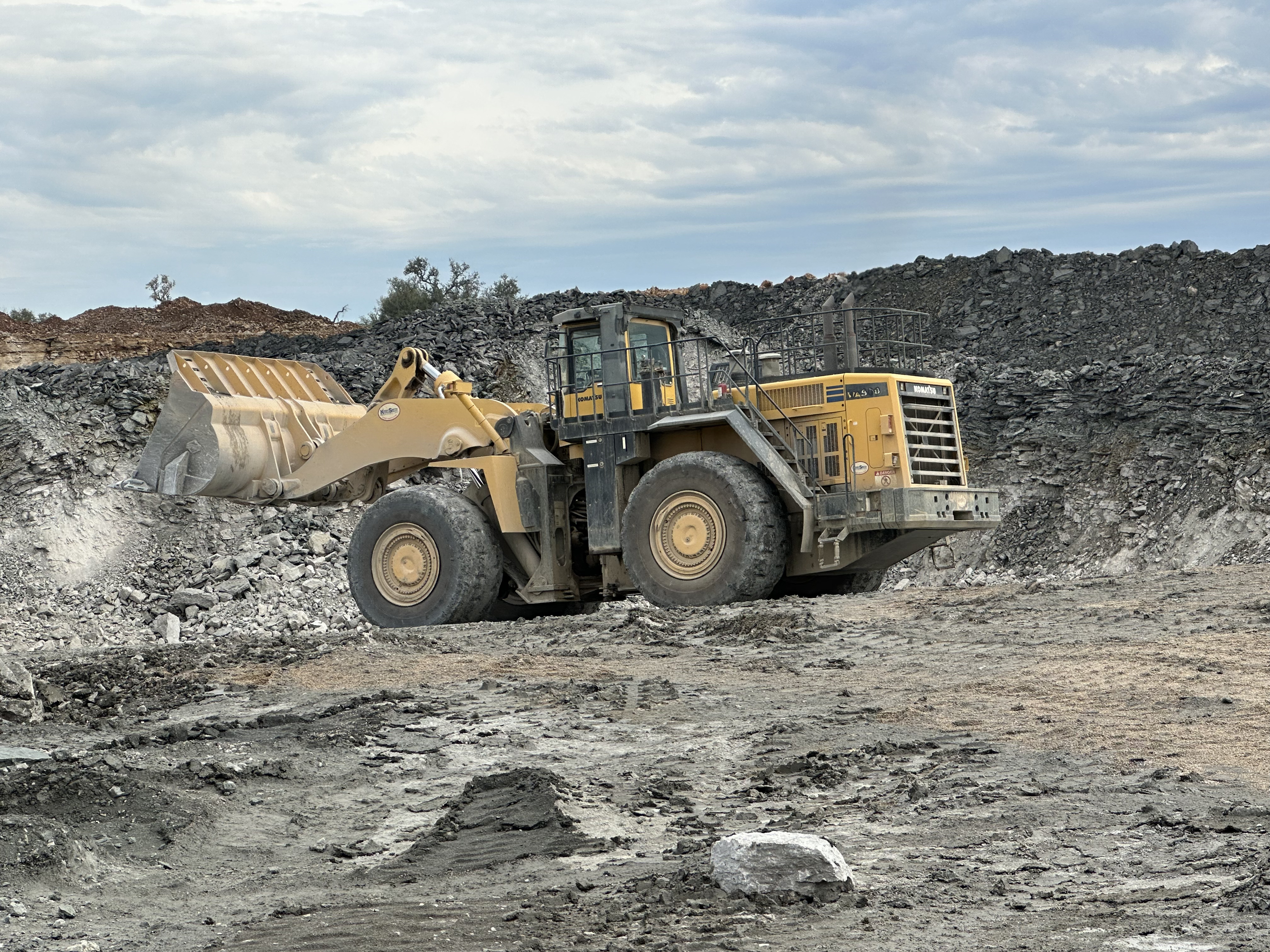




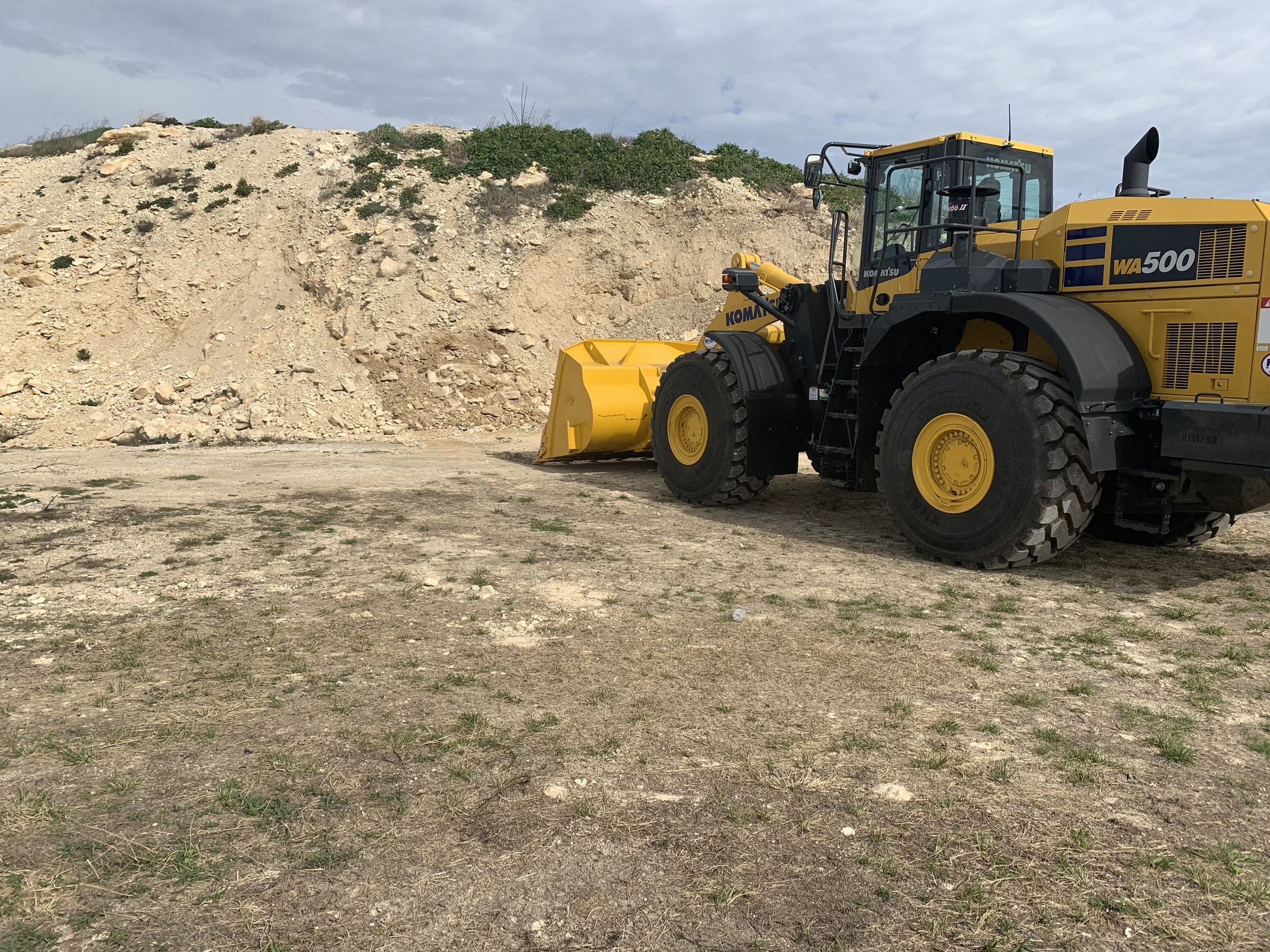
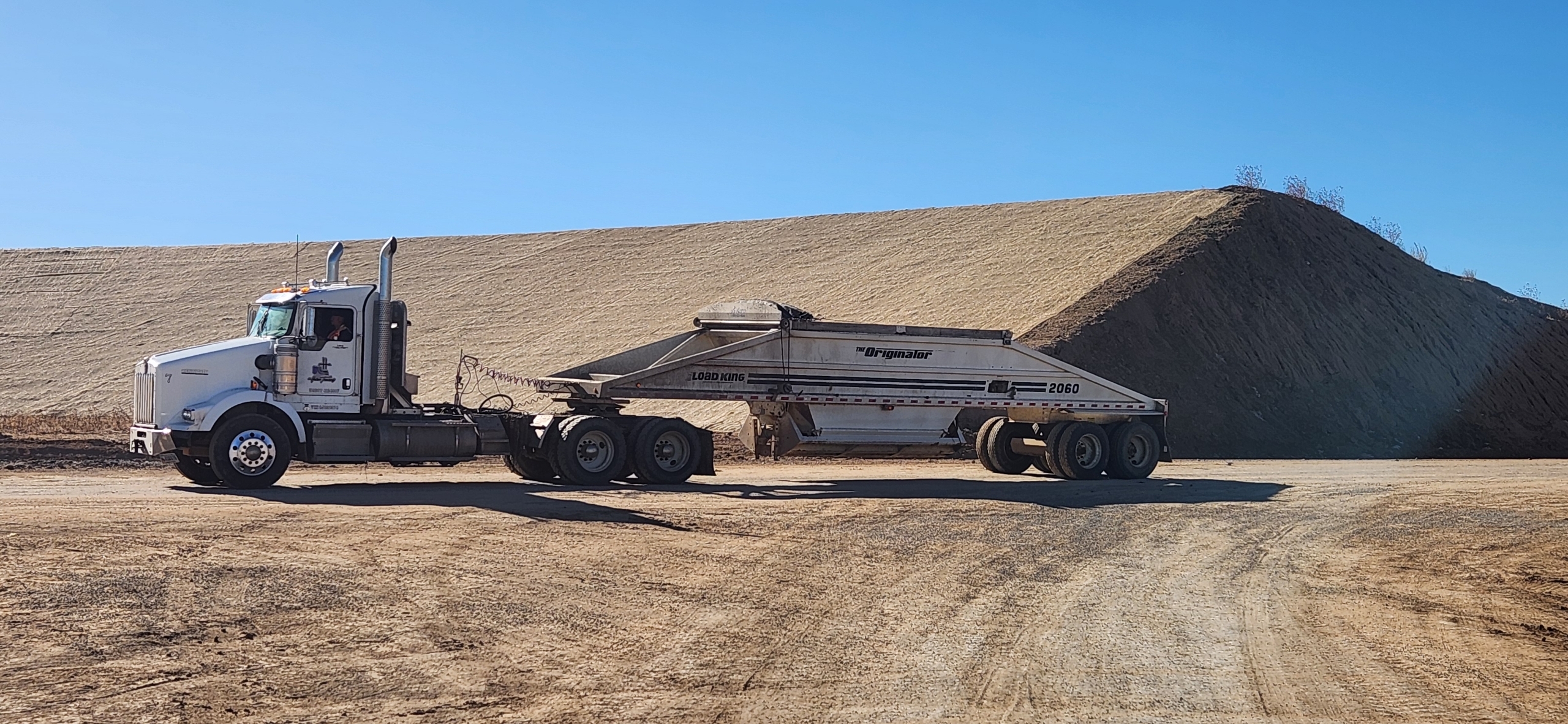
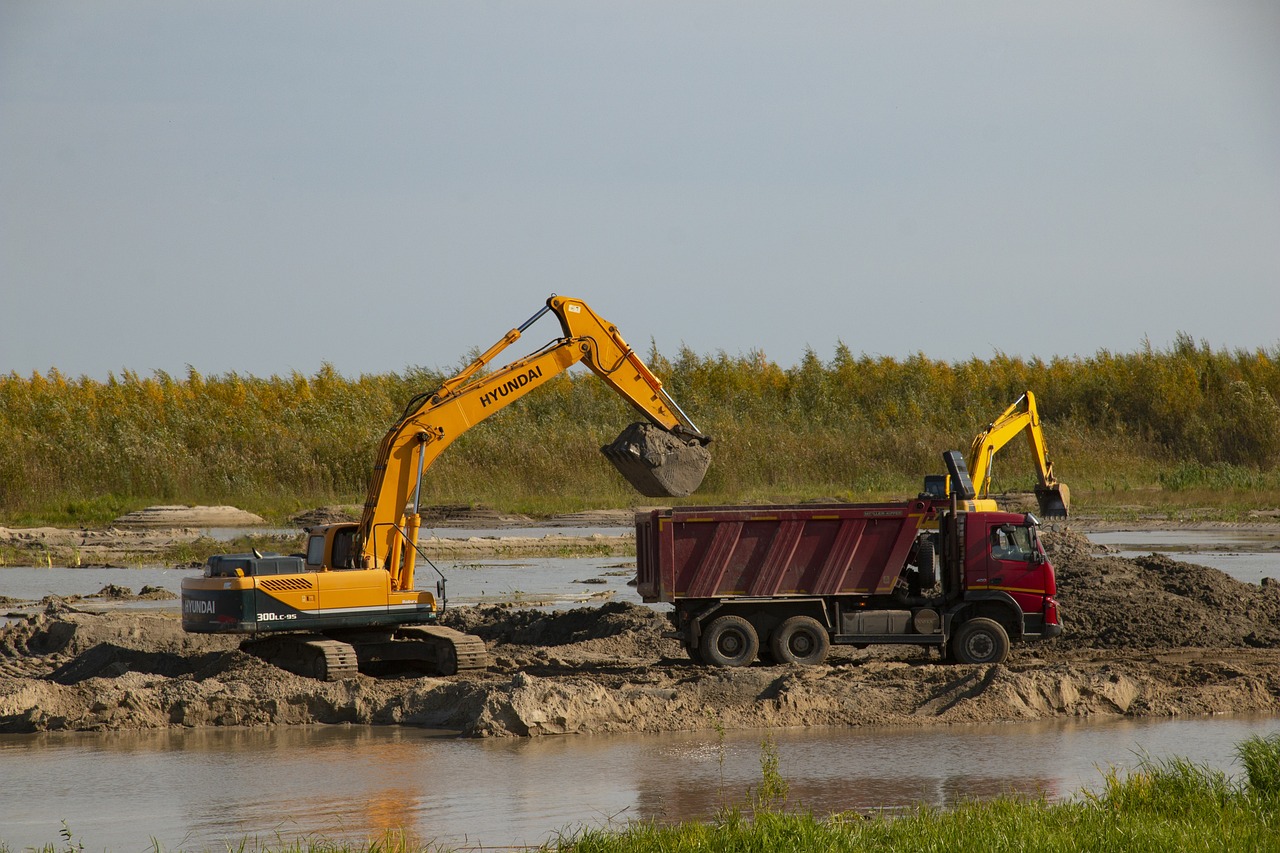

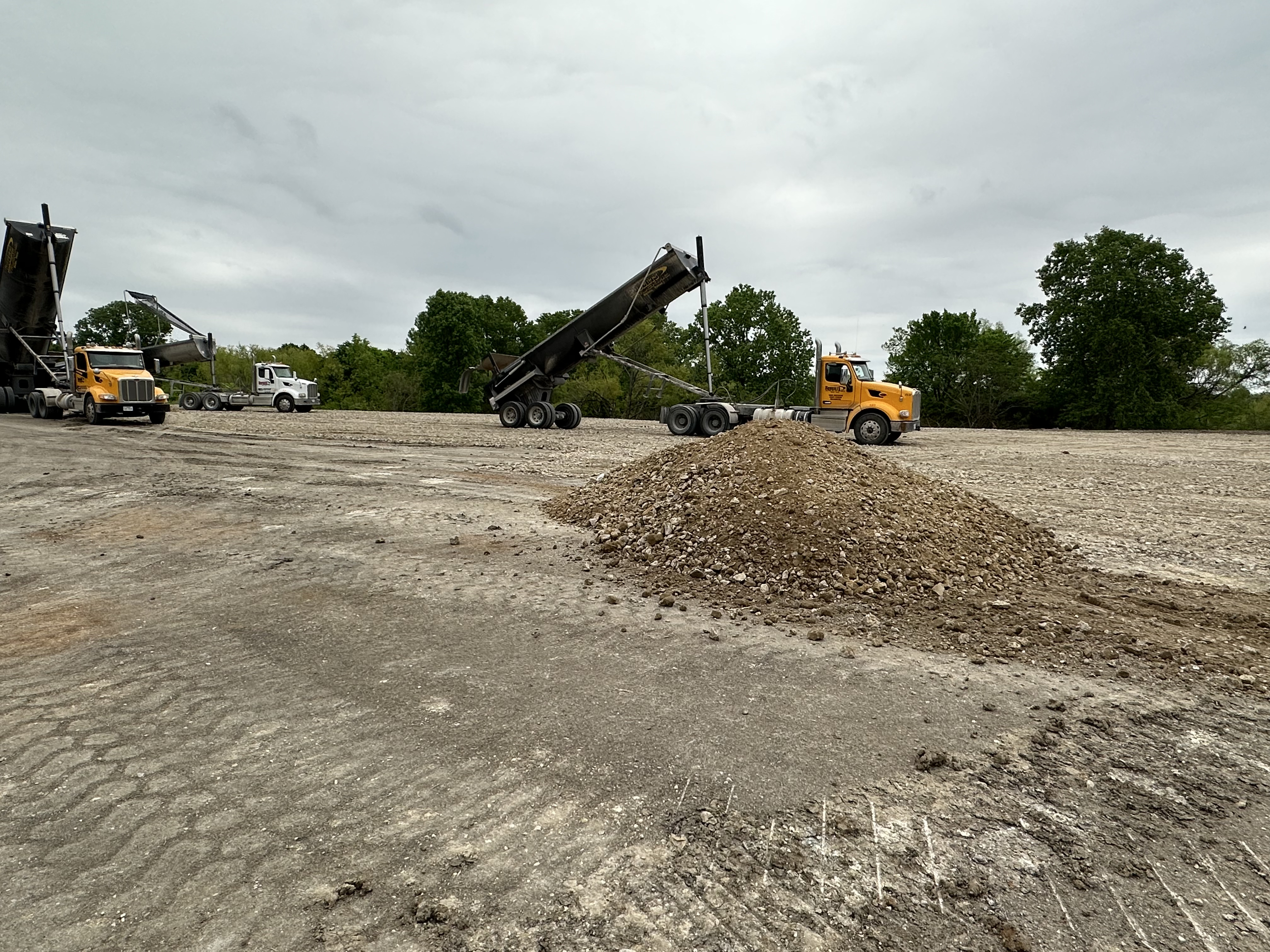

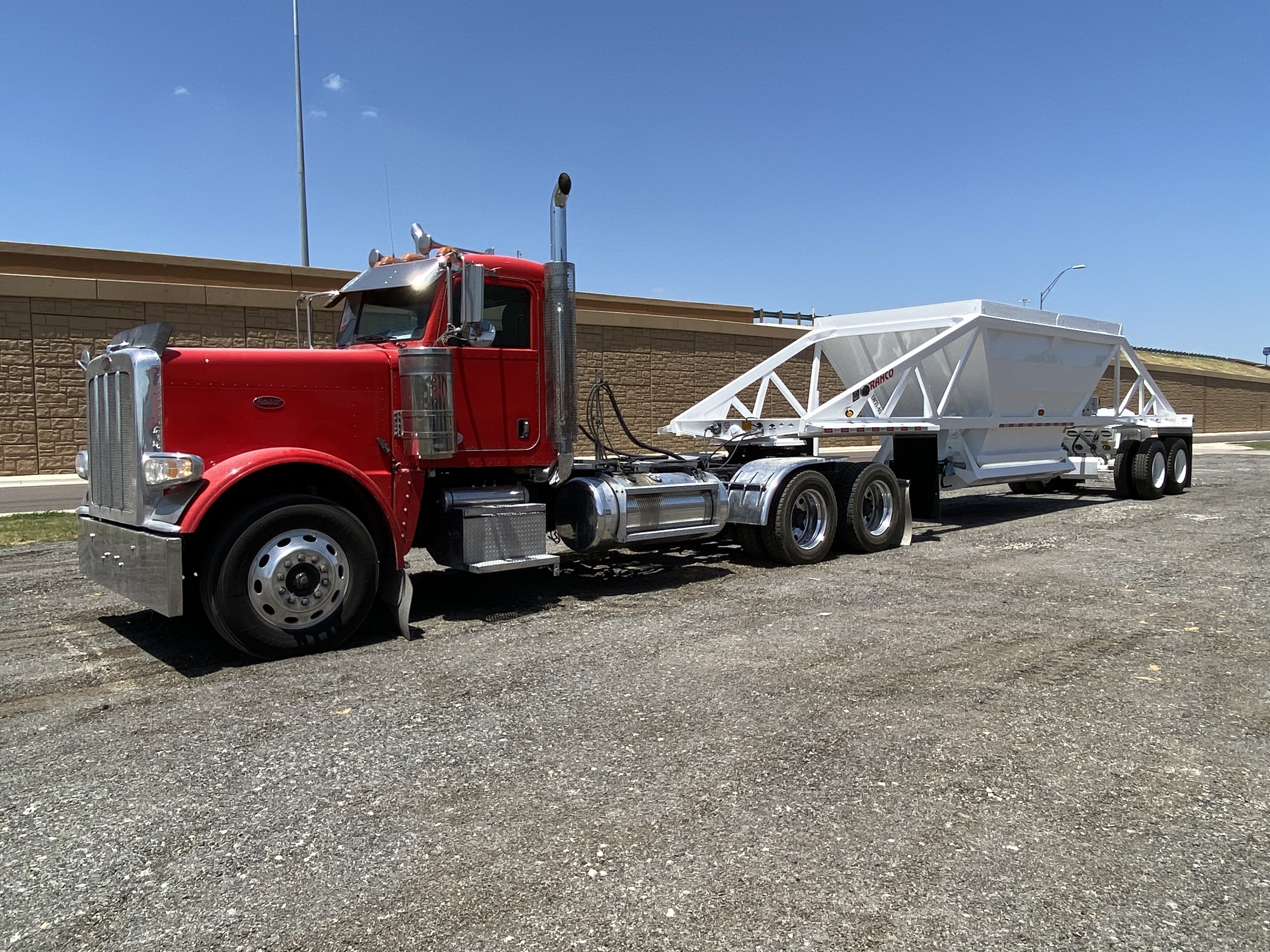
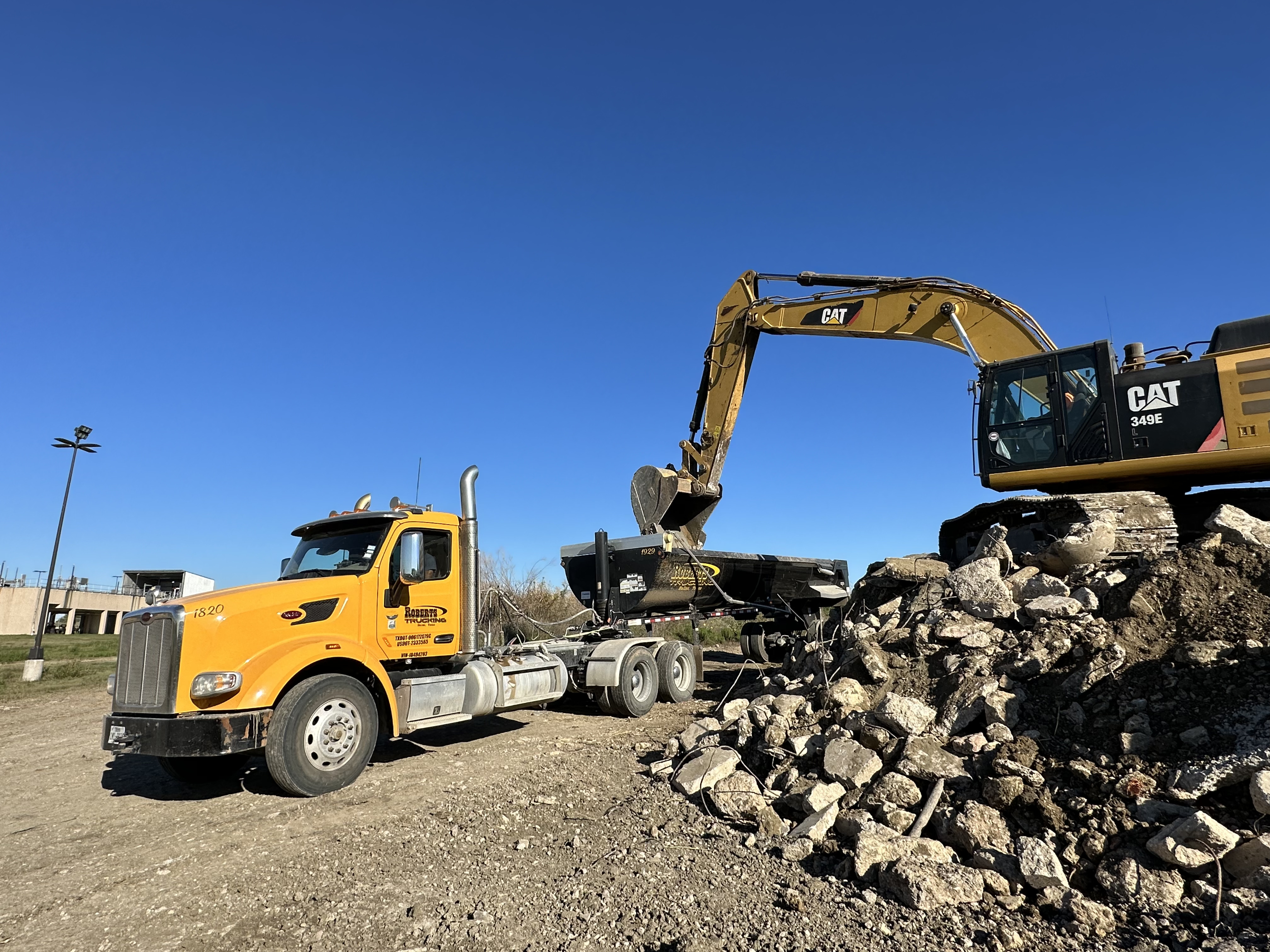
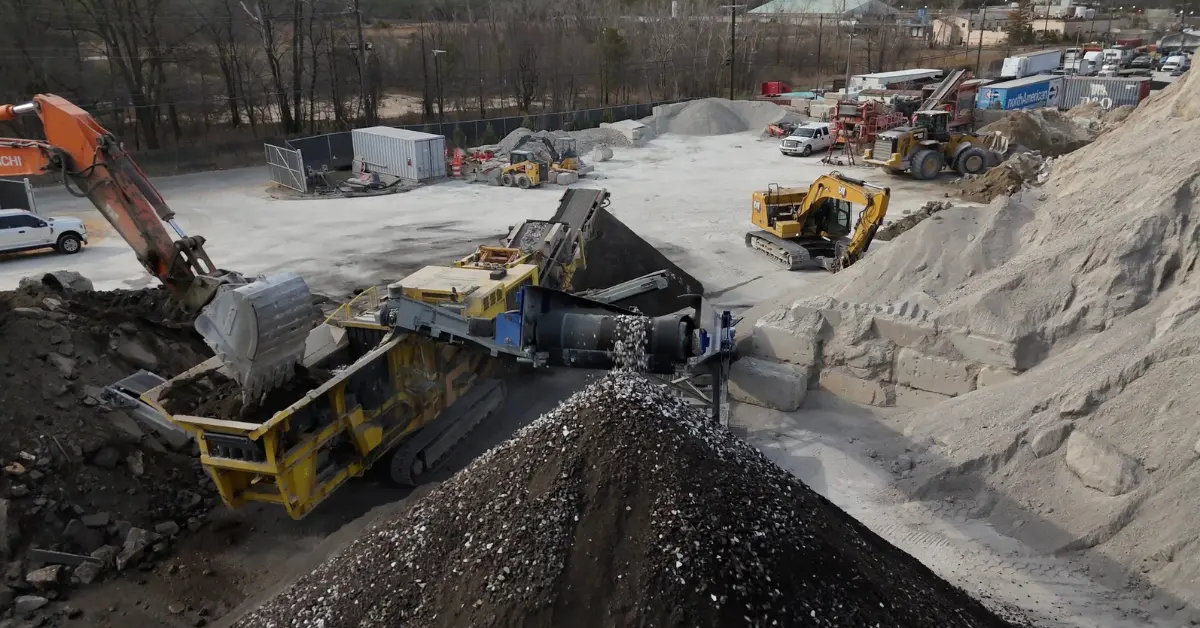
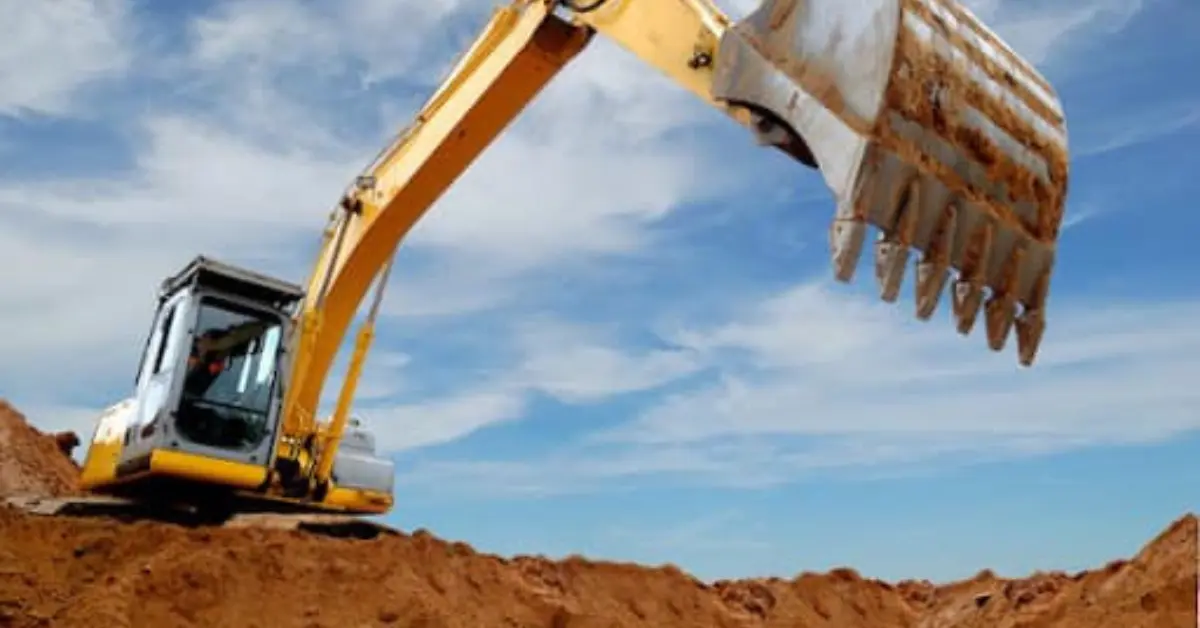
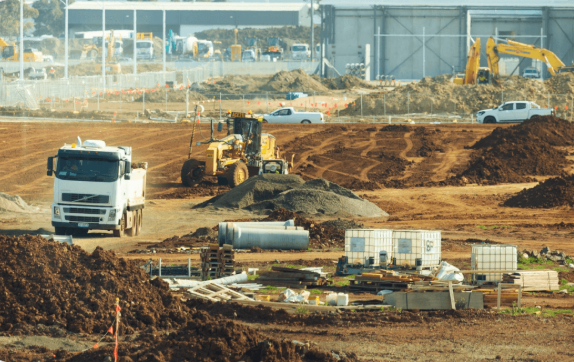
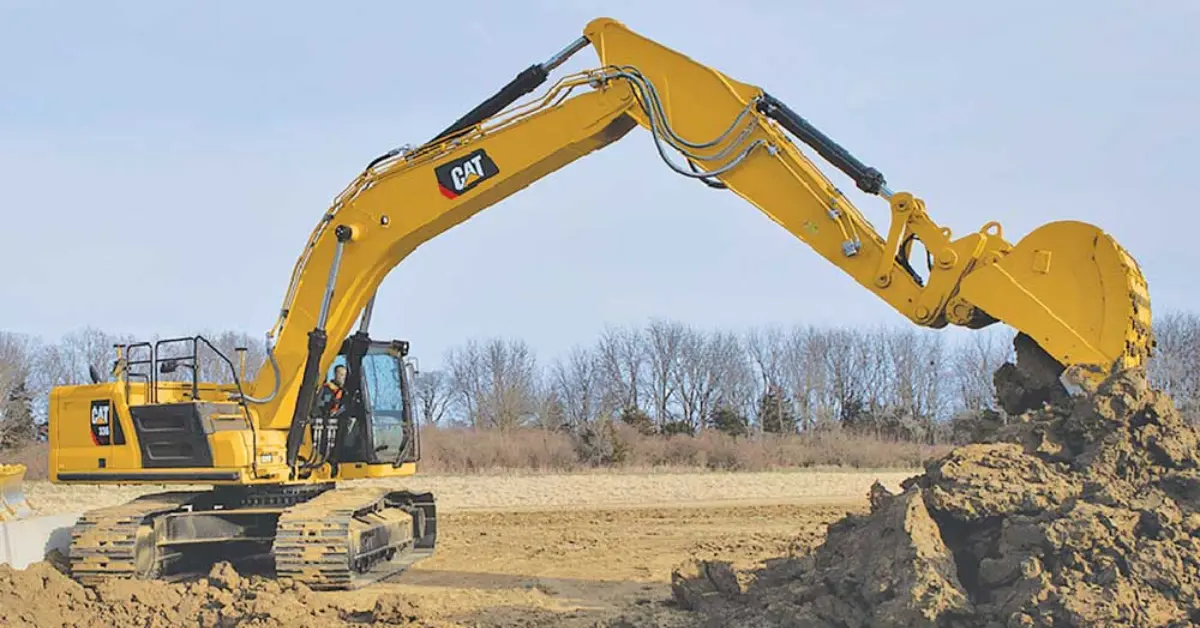
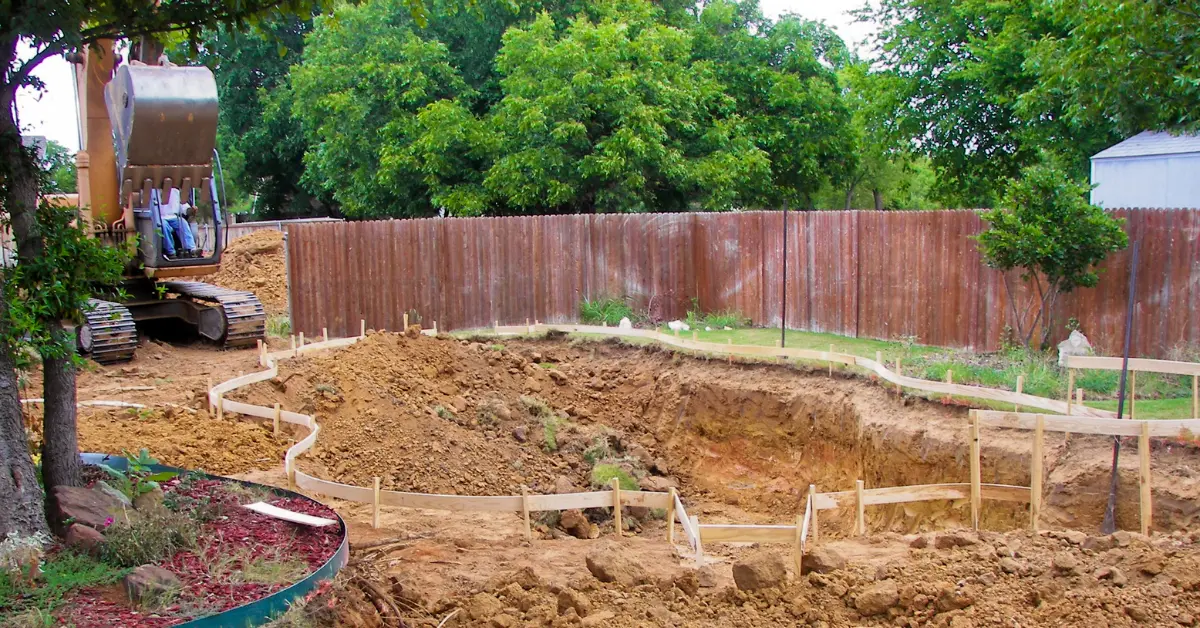
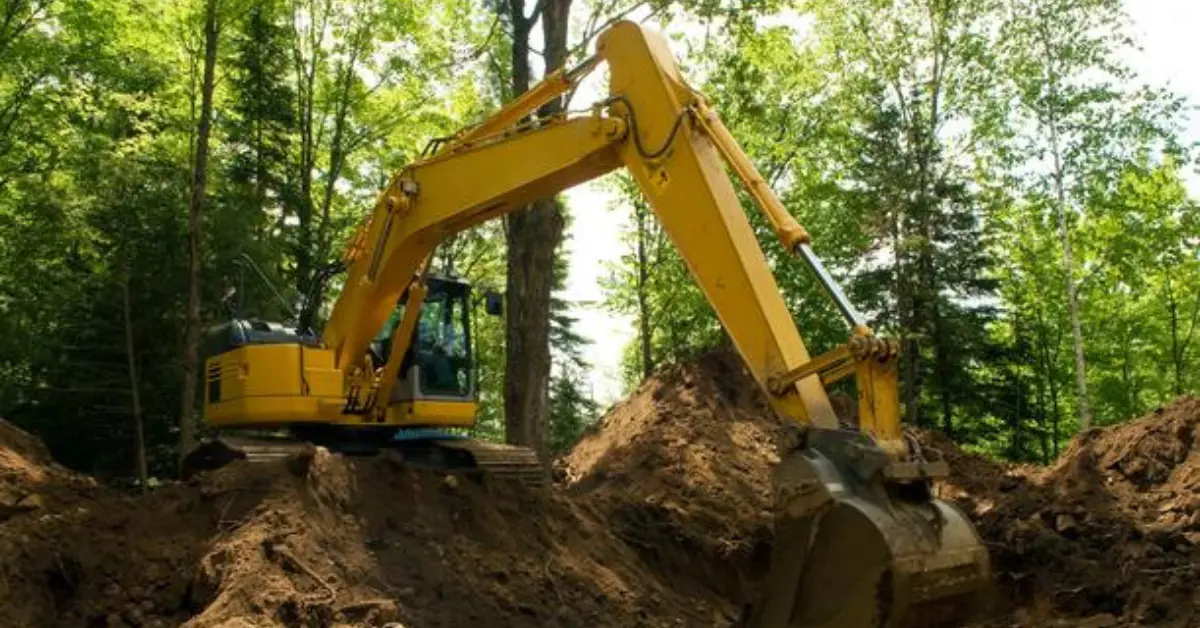
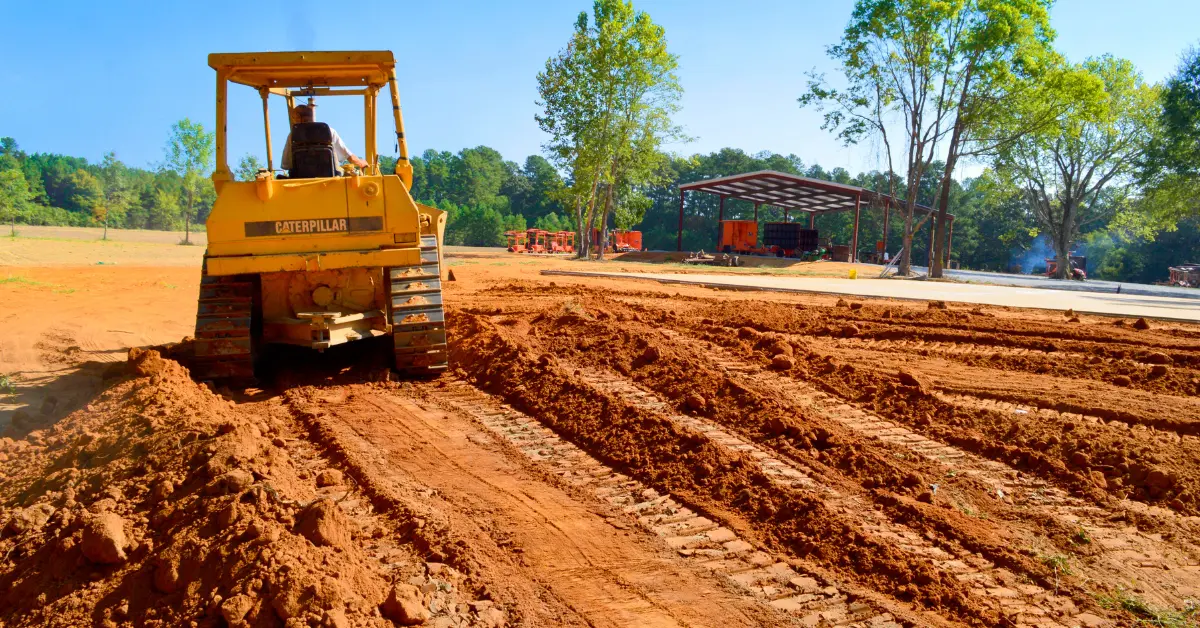
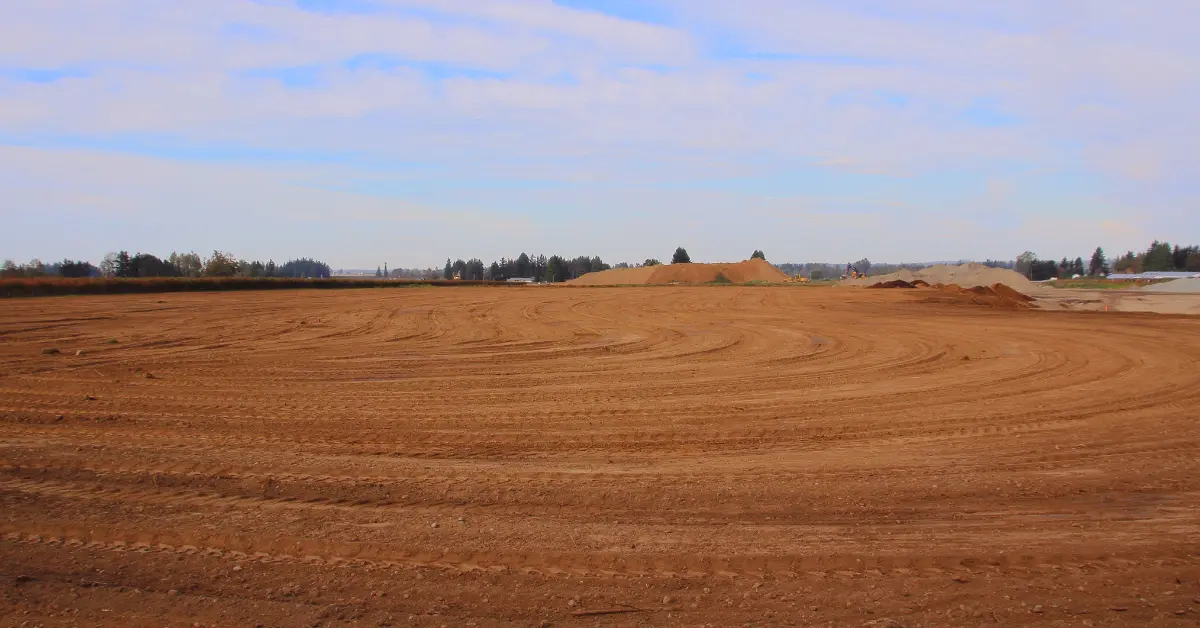



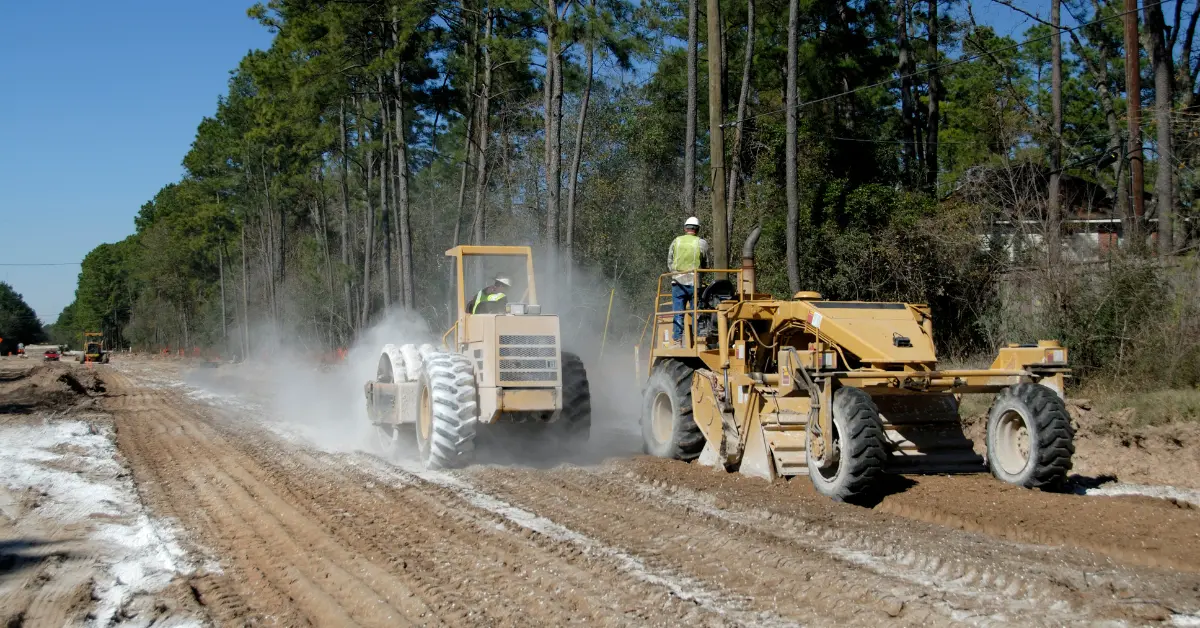




.jpg)

